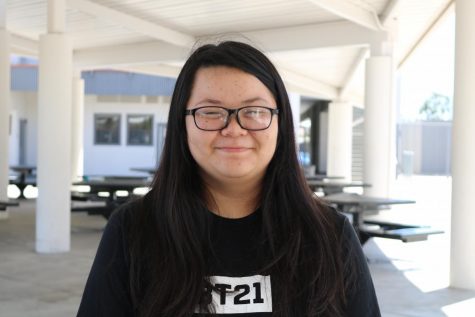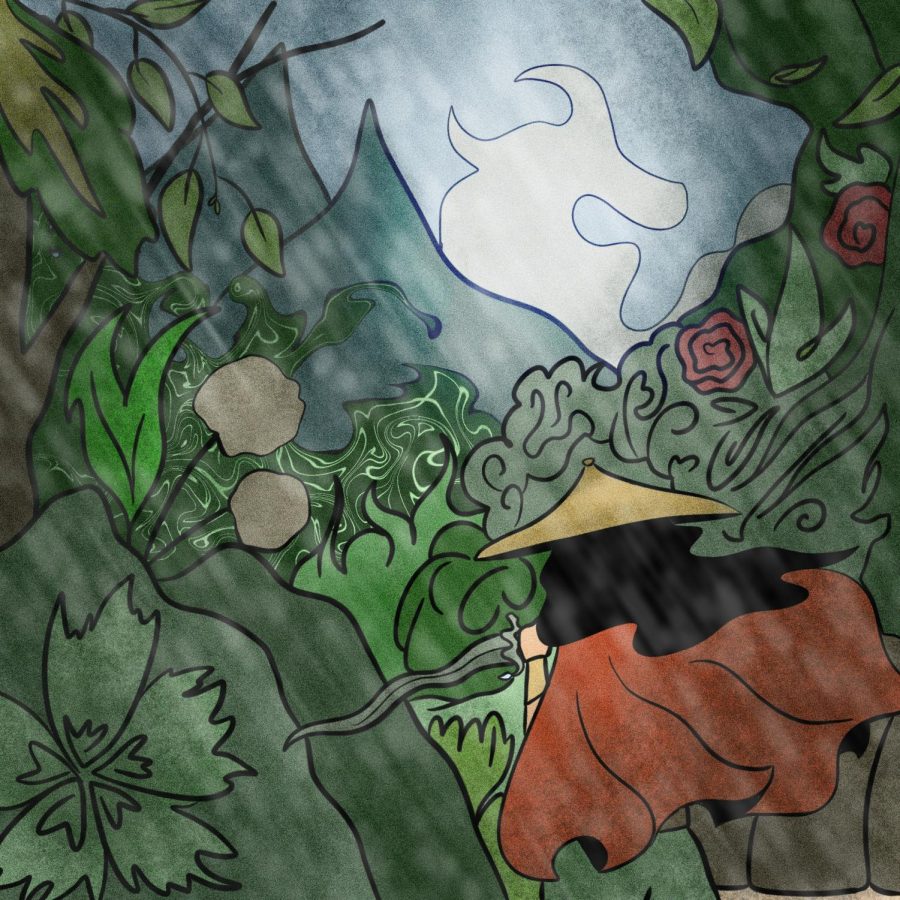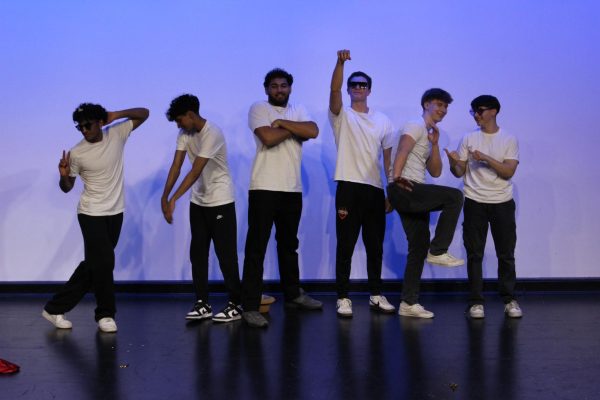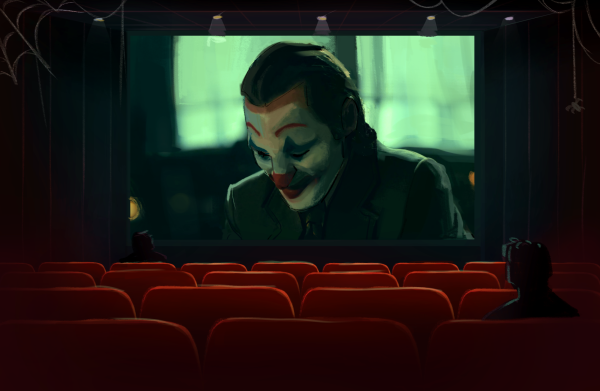‘Raya and The Last Dragon’ raises questions over authenticity and representation
Despite introducing its first Southeast Asian princess in “Raya and the Last Dragon”, Disney fails to realize through the film’s representation that not all people of Asian descent are entirely the same.
Disney has always done an iffy job when it comes to legitimate representation, and their latest film, “Raya and The Last Dragon”, is no exception.
Despite the film’s nod to many Southeast Asian cultures, the representation within it has been met with a lot of mixed emotions online. Obviously, all people of Asian descent are not entirely the same. We all have different cultures and languages. But Disney overlooked that, decided to gather the entire region of Southeast Asia, put them in a blender, and make them go “brr brr.”
Now the “blending” of the entire region isn’t the only thing some people have problems with. It’s the casting, too.
According to Hollywood, in order to cast for a Southeast Asian-based film you gather up the same few East Asian actors, reduce, reuse, and recycle. No hate to the cast, as they’re all amazing people who have done so much for themselves, but Hollywood needs to stop trying to get away with using the same people to get some flavor of a culture and calling it a day.
One thing that is to be noted is the fact that like the live-action film “Mulan”, Disney+ subscribers who plan to watch this movie will have to pay $30 for premier access. Subscribers who don’t want to pay up will have to wait all the way until June. Some subscribers argue that it is a fair amount because if they were to bring a family of four to an actual movie theater (which in this case is not currently an option), then they’d be spending way more than $30. But as someone who is watching alone, $30 is a hefty amount.
The profit made off of this film is something to note as well. Disney+ is not available for the very region this film was inspired from: Southeast Asia. How will these groups of people celebrate the representation on the big screen if they are not able to legally access it?
Another issue is Sisu, the infamous “Last Dragon” that the film features. I’m ready to throw hands with whoever created and approved of the design. It was like they took the infamous Elsa from the movie “Frozen”, created a fursona for her, and thought, “Yes, this will make perfect merchandise for gullible seven-year-olds.”
Some people have an issue because her design is not exactly authentic. Her color scheme and design stray far, far away from the usual Southeast Asian Naga dragon. Instead, she looks like a Japanese Kirin fish hybrid, meaning this film totally missed the chance to showcase the beautiful dragon designs of Southeast Asia. Disappointed, many Southeast Asian artists have shared their redesigns as they took a more Southeast Asian approach.
Personally, I’m not a big fan of this creature called Sisu, but at least she’s voiced by Awkwafina.
Despite some of the issues I have seen with the film’s representation, I am still ecstatic to finally have a Southeast Asian princess and I personally thought the “blending” was kinda cool. Kind of like a buy one, get 10 free deal.
The film is written by two Southeast Asians, Qui Nguyen and Adele Lim. Nguyen is a Vietnamese-American writer, who has previously worked for the show “Peg+Cat” and for Marvel Studios, while Adele Lim is a Malaysian film producer, most well-known for her work in the hit movie “Crazy Rich Asians”.
With the script and screenplay in the hands of these two people, I feel reassured we won’t end up with something like “Ghost in the Shell” featuring everyone’s “favorite Asian actress”, Scarlett Johansson. We got the real deal with Vietnamese-American actress, Kelly Marie Tran being the first Southeast Asian to take the lead and voice a princess.
Tran gained a lot of attention when she starred as Rose Tico in the Star Wars sequel trilogy films “The Last Jedi” and “The Rise of Skywalker”. There she was met with a lot of harassment and hate. Tran wrote a piece for the New York Times published Aug. 21, 2018 describing her experiences from those films.
“I want to live in a world where children of color don’t spend their entire adolescence wishing to be white,” Tran wrote. “I want to live in a world where people of all races, religions, socioeconomic classes, sexual orientations, gender identities, and abilities are seen as what they have always been: human beings.”
I also want to live in the world that Tran writes of, and I am thrilled that “Raya and the Last Dragon” is perhaps a step closer to that world.

Michelle Nguyen is a senior at Cal High and is features editor for the Californian Newspaper. She’s also the publicist for Cal High Interact, Interact...





